At the facility in Bursa, northwestern Türkiye produces the country’s entire demand for silkworm eggs.
As the last stop of the historic Silk Road in Anatolia, Bursa also produced silk that once adorned the world’s palaces during the Ottoman era.
Bursa Koza Agricultural Sales Cooperative Union (KOZABIRLIK), one of the few silkworm egg producers in the world, produces hybrid and breeder eggs at the “Silkworm Egg Production Facility,” which operates under the Bursa Provincial Directorate of Agriculture and Forestry.
At the center, hybrid silkworm eggs are produced by crossbreeding the Chinese breed, known for its high silk yield, with the Japanese breed, which is highly resistant to diseases. This facility supplies Türkiye’s entire need for silkworm eggs.
Cocoons collected from families raising silkworms in villages are brought to the facility, where workers carefully cut each cocoon. The pupae inside these cocoons, called chrysalises, which represent the metamorphosis stage before the moth emerges, are then sexed.
After the moths emerge from the chrysalises, male and female moths are allowed to mate. The hybrid eggs produced from this mating are distributed free of charge to producers for the following year’s silkworm egg production.
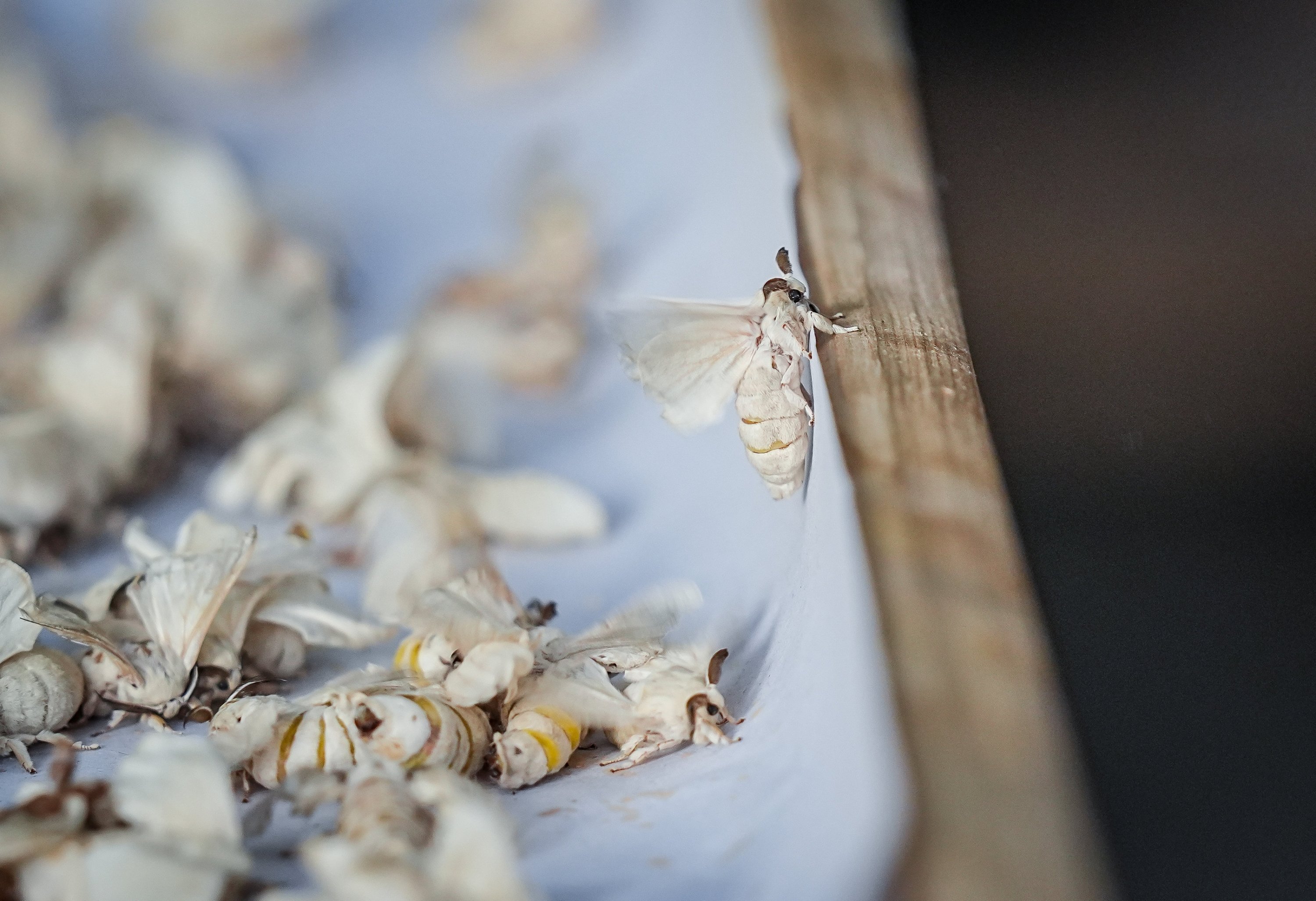
At the facility, surplus silkworm eggs are exported. In addition to hybrid eggs, breeder silkworm eggs are also produced by mating males and females within the same breed.
KOZABIRLIK Seed Production Facility Manager Ardahan Erdemir said that they produce the silkworm eggs needed by the country.
Erdemir explained that eggs obtained from the previous year are given to producers as silkworms, and after the cocoons are formed, they purchase these cocoons back from the producers. “We first cut the incoming cocoons and separate the chrysalises inside by sex, male or female. Then, we wait for the moths to emerge. After the moths emerge, we mate them and obtain the eggs. We must repeat this cycle every year because if we do not transfer the breed, the silkworm breed does not carry over to the next year,” he said.
Erdemir stated that production lasts 15 to 20 days and that they employ between 120 and 130 people, depending on the demand for this work.
He noted that they process approximately 250 kilograms of cocoons daily and added, “As a result, we obtain as many eggs as Türkiye needs. In some years, we even export the eggs.”
Erdemir emphasized that there is no other facility like this in the country and said, “We are one of the five or six countries in the world that can produce its own silkworm eggs. We continue this every year.”
In addition to hybrid egg production, Erdemir explained that they also produce breeder eggs using a different method. “While obtaining breeder eggs, we select the cocoons that carry the breed’s characteristics and let them mate on their own without separating males and females. After mating, we place the females in small bags called ‘selül’ where each moth lays eggs.”
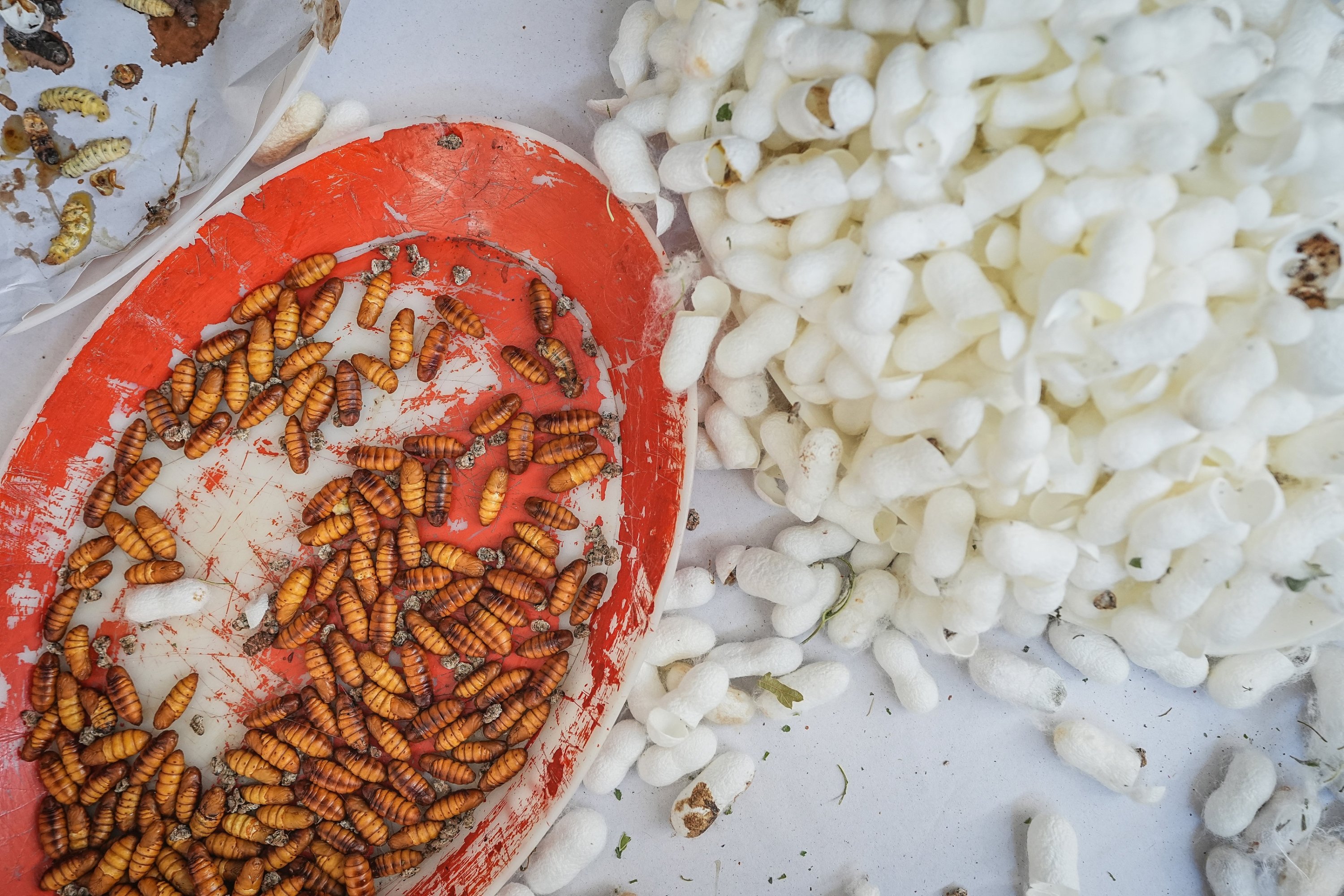
Erdemir added that the selected breeder cocoons are distributed to producers the following year as breeder eggs. The cocoons obtained from hybrid eggs are used the next year for silk production.
KOZABIRLIK General Manager Mustafa Çakır highlighted the importance of the Silkworm Egg Production Facility, stating that it is one of only seven such facilities in the world.
Çakır emphasized that the country is among the few that can produce its own silkworm eggs. “Approximately 5,000 boxes are produced. We produce a little more than needed as a precaution. We export surplus eggs to countries with climates similar to ours, such as Greece and Bulgaria. The production here is distributed free of charge, box by box, to producers who will produce next year. This is the most important place for sericulture,” he said.
Çakır stressed that egg production is essential for silk and added: “Some countries do not produce silkworm eggs and import them. We are not dependent on imports. We produce our own eggs. We have been producing hybrid eggs here since 1963.”
“Sericulture has been practiced in Anatolia for 1,500 years. When the disease-resistant breed is crossbred with the breed with excellent silk quality, hybrid silkworm eggs with high yield are obtained. From one cocoon made from these hybrid eggs, 1,500 to 1,600 meters of silk is produced,” he sad.

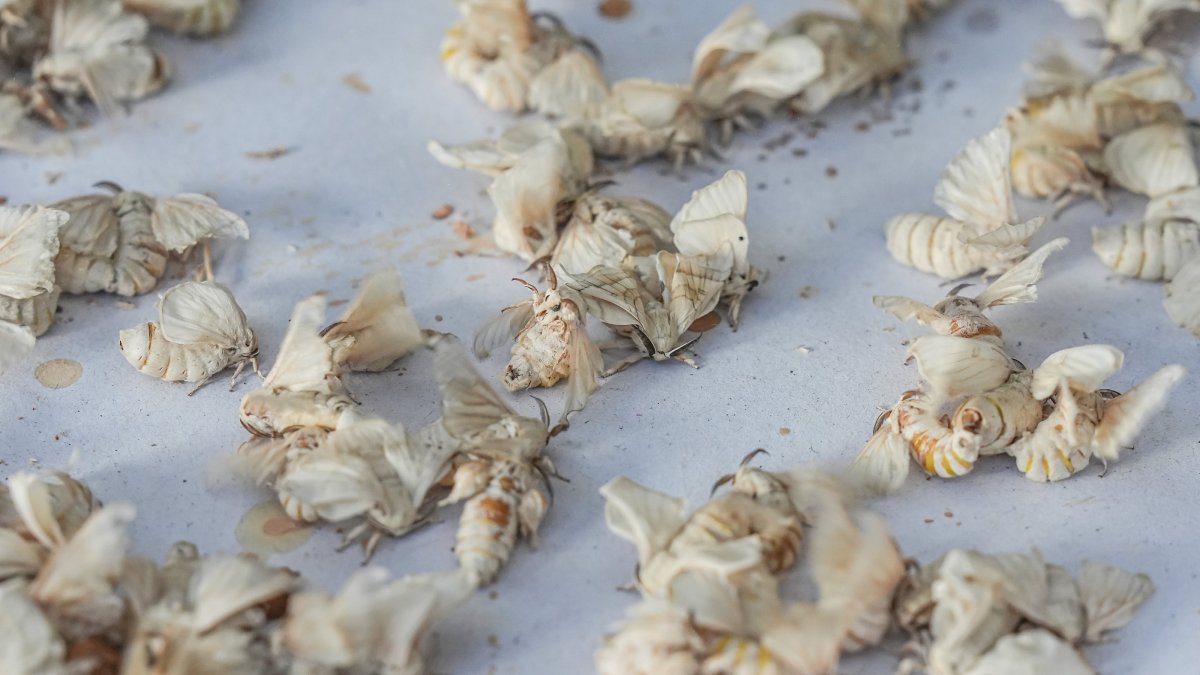










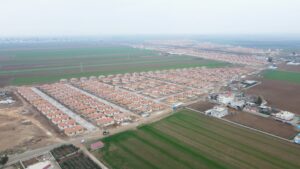
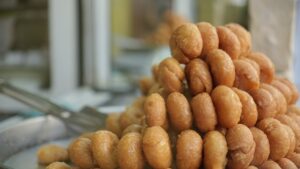
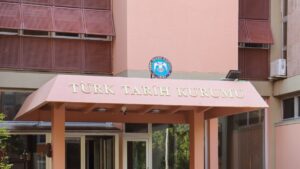
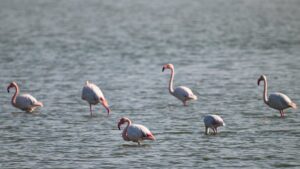
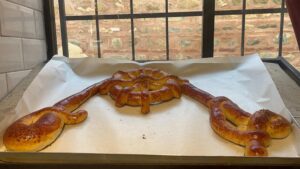

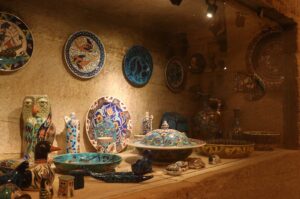
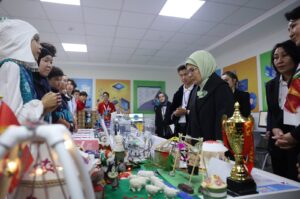
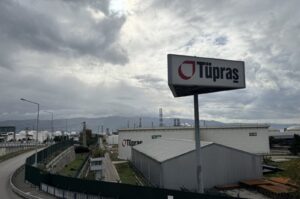

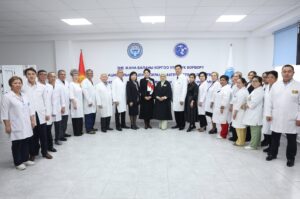
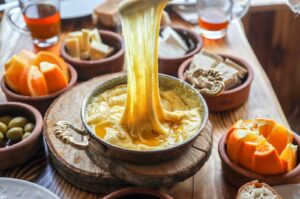




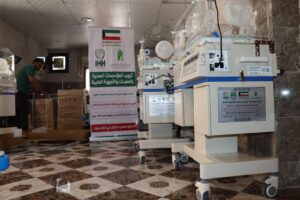
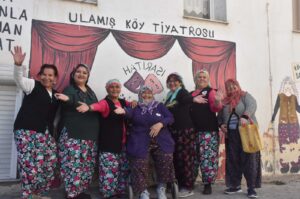

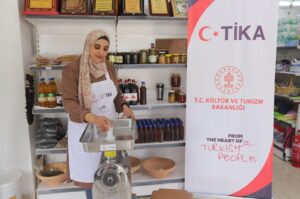




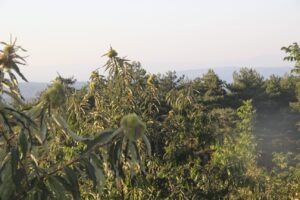



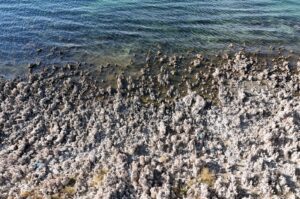




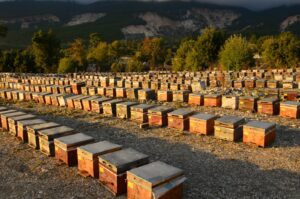

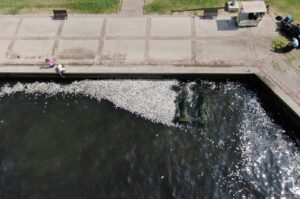




Be First to Comment